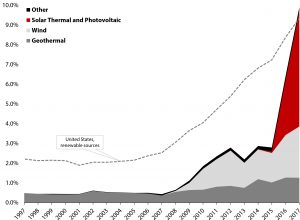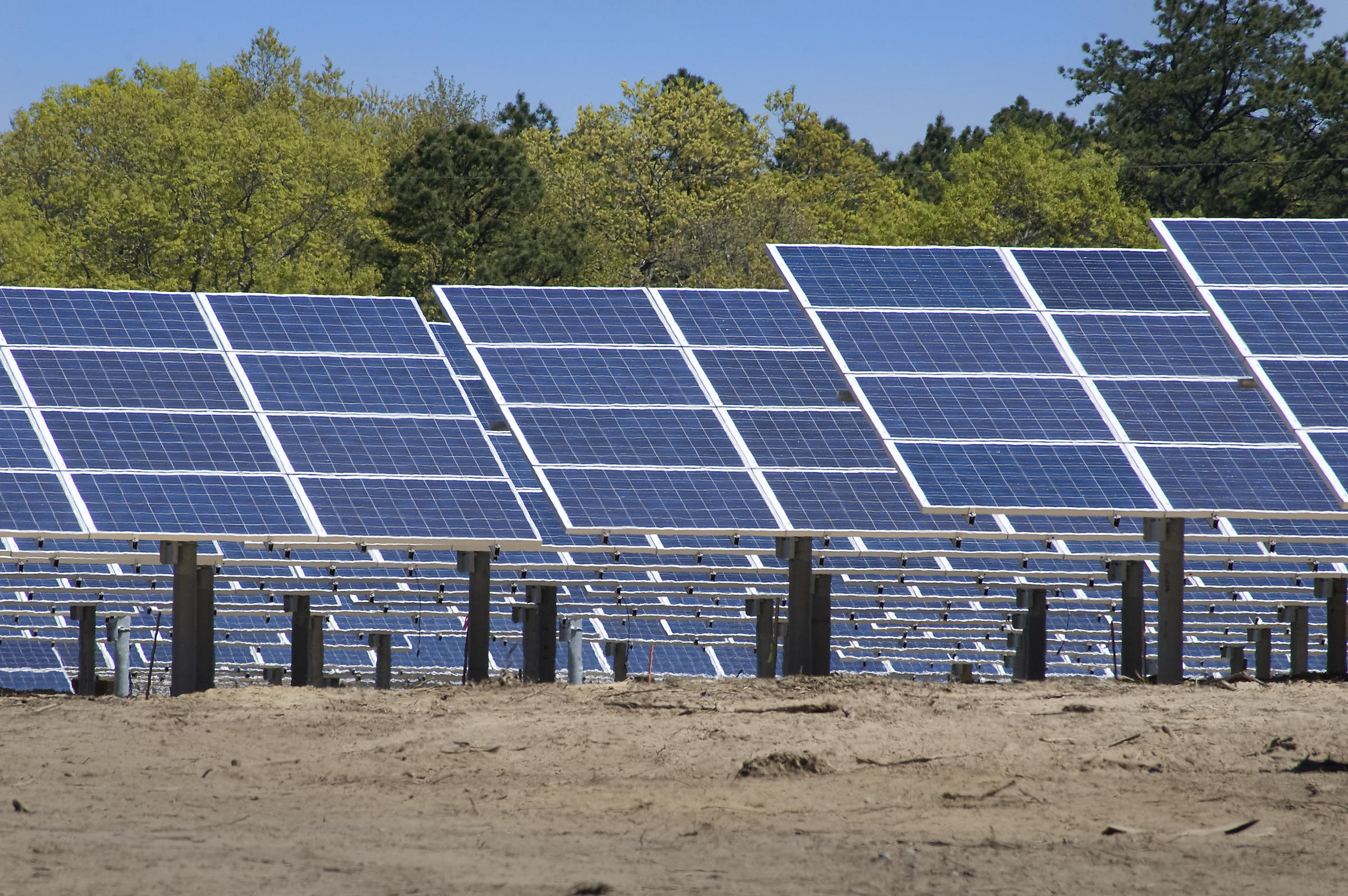Blog Post
Renewable Energy Insight: The best things in life are free
By: Thomas Holst
Renewable energy in Utah has grown rapidly over the last decade. Renewable energy sources include solar, geothermal, wind, biomass, and hydropower. In contrast to fossil fuels, renewables have little or no carbon footprint and have been embraced by some states, most notably California, in an effort to slow climate change caused by greenhouse gases.
How have Utahns taken to using renewable energy? The straightforward answer involves geography, state and federal tax incentives, and concerns for the environment.
Geography. A land corridor stretching from Tooele county in the north to Washington county in the south is highly prospective for solar, geothermal, and wind projects. Statistics verify Utah’s unique potential for capturing renewable energy. For example, Utah is one of only seven states to have geothermal projects; these are located in Beaver and Millard counties. Further, Utah has been cited by the National Renewable Energy Laboratory as one of the top seven states with the greatest solar potential1. Utah’s solar projects are located in Millard, Beaver, and Iron counties. Finally, wind projects are located in Tooele, Utah, San Juan, Millard, and Beaver counties.
Tax Incentives. Utahns have responded to government tax incentives to invest in solar energy. Applications for solar tax incentives jumped from 153 in 2009 to 7,400 in 20162. Ninety-eight percent of the tax credits were for rooftop solar.
On the utility side, in addition to tax incentives, technological advances have reduced the cost of a photovoltaic plant, also known as a solar park, by 80 percent since 20093. Utility solar accounts for nearly half of the state’s renewable energy.
While no official numbers exist for how much solar energy is captured and used by Utah homeowners, the electricity demand from utilities has remained flat over the last few years. Prior to the tax incentive program, electricity demand growth was about 3 percent year-on-year4. In other words, Utah homeowners are harvesting significant amounts of renewable energy with rooftop solar.
Environment. While debate over the causes of climate change will likely continue, there is common ground for all people involved in the discussion. Renewable energy is unlimited because it is continually replenished through natural processes.
Although renewables currently comprise less than three percent of Utah’s total energy production, the upward trend is a positive indicator that Utahns want renewable energy.
Figure 1: Renewable Energy Electricity Generation in Utah

Thomas Holst is a senior energy analyst at the Gardner Policy Institute.
Footnotes:
- Billy Roberts, National Renewable Energy Laboratory map “Concentrating Solar Resource of the United States”, 19 September 2012.
- Mike Vanden Berg, Utah Geological Survey, 2017 Utah Energy Overview, page 125.
- John Kellenburg, International Finance Corporation, “Utility-Scale Solar Photovoltaic Power Plants”, page 3.
- United States Energy Information Administration, “Net electricity consumption in Utah from 2001 through 2017”.






